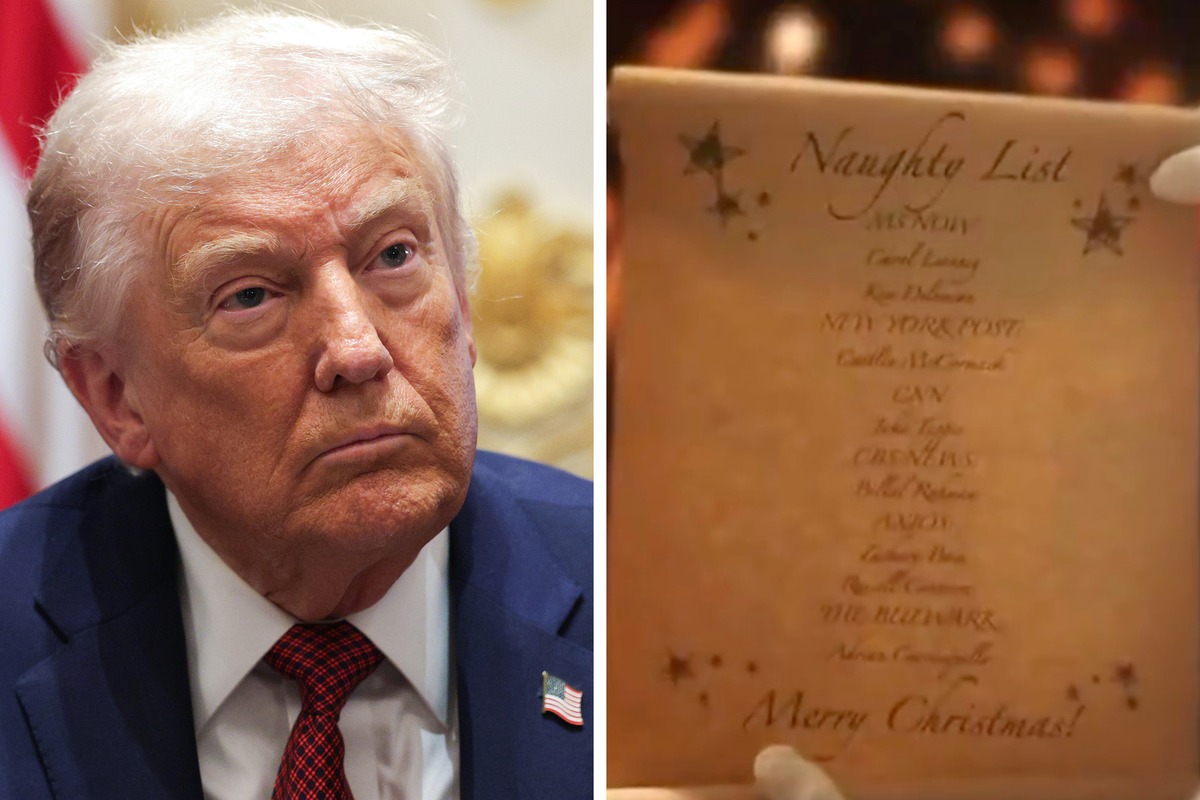Sinead Butler
Jul 07, 2024

Historic past meets ambitious future at Lotus's Hethel HQ
Sinead Butler
Tucked away in the lovely Norfolk countryside, Hethel to be precise, is the factory of the iconic car brand, Lotus.
58 years ago, founder Colin Chapman was looking for a new space for his Lotus headquarters when he came across the former RAF airbase used by the US Air Force during World War II, and you could say the rest is history…
In 2024, the refurbished complex boasts state-of-the-art facilities and indy100 was given a tour around Lotus HQ, including Classic Team Lotus and the opportunity to test drive their Eletre and Emira car models.
A helmet was required for the first activity of the day as I got the chance to drive the Lotus Emire and Lotus Eletre cars around the purpose-built test circuit designed with FIA specifications that span 2.2 miles and is 40 feet wide.
It was specifically designed to put the cars through their paces, with different components such as bends, hairpins, corners, straights and a turning circle, which not only tested the car but also my driving abilities! Fortunately, there were instructors on hand to drive me around the track at first so I could get used to the layout and they also helpfully advised me on how to get the most out of the cars.

First, I drove the Emira sports car, described as “the most accomplished Lotus ever made” which took inspiration from the Lotus Evija hypercar.
With a strikingly stunning design, the Emira can reach a top speed of up to 180mph (290km/h) and can go from 0-62mph (0-100km/h) in less than 4.5 seconds which I made the most out of on the straights. Another cool feature was feeling the driver seat adjust and mould to you when changing the car to sports mode. It also has manual, automatic and Dual Clutch Transmission, all of the features contribute to the comfort and functionality of the sports car.
Matt Windle, Managing Director, Lotus Cars commented: “The Emira is a game-changer for Lotus. It stands as a beacon of everything we have achieved to date in the transformation of the business, the embodiment of our progress. It is a highly significant milestone on our path to becoming a truly global performance car brand.”
After this, I took the Eletre (which means ‘Coming to Life’’ in some Eastern European languages) for a spin. I saw there was ample space inside the vehicle, making it ideal for families looking for that extra room – whether that be for the weekly grocery shop or holiday luggage. I enjoyed test-driving this model the most as despite being a larger vehicle it didn’t feel like it compromised the driving experience, so the best of both worlds.

The Eletre is the first of a new breed of pure electric performance SUVs, blending the core DNA of Emira and Evija. This “true Lotus” can go from 0-100 km/h (0-62mph) in under three seconds, while rapid charging from 10-80 per cent takes only 20 minutes and up to 120 km (74 miles) of range in just five minutes. Plus, instead of rear-view mirrors, the car uses high-definition cameras to stream the view behind the vehicle to six-inch displays in the front doors.
“We know that two-seater sports cars are not for everyone, but the fantastic experience of driving a Lotus should be,” Mike Johnstone, Group Vice-President and Chief Commercial Officer, at Lotus, said. He added that the Eletre alongside other fully electric lifestyle models are “providing customers and fans with a range of highly desirable Lotus cars that can fulfil all their needs at different times of their life.”
But exactly how are these cars made?
Well, this question was answered for us as we were given a factory tour by Executive Director of Quality Carlon Elston to see how the car brand manufactures its vehicles today – from bare chassis to a completed sports car.
In recent years, the manufacturing facility has undergone a £100m refurbishment where new assembly halls have been created.
Last year, the company delivered 6,970 vehicles, an annual record in the 76-year history of the Lotus brand.
To improve flexibility, AGVs (automated guided vehicles) are used on the assembly line, and the production line can be reconfigured to accommodate different car models and production needs. While the cars also undergo rigorous testing to identify any squeaks, or rattles, as well as a water test to ensure its water integrity.
Lotus’s longstanding legacy is best demonstrated with a tour of Classic Team Lotus guided by Clive Chapman, the son of Lotus founder Colin Chapman, and William Taylor, Heritage Manager.
“Classic Team Lotus celebrates the Spirit of the Marque, which is all about the team of dedicated people who achieved so much, together. Hazel & Colin were the founders and over the years they attracted brilliant designers, mechanics and drivers to Team Lotus,” Chapman told indy100.
Over the decades, Lotus has won seven Formula 1 Constructors' titles, six Drivers' Championships and victory in the legendary Indianapolis 500, and pioneered racing with its technical advancements.
“Everything you see on a Formula 1 car today – other than turbos and the position of the engine or which had been brought in through regulation such as the Halo or hybrid systems – was done by Lotus first and foremost,” Chapman said at the start of the tour.
Some of Lotus’ innovations include carbon composites, ground effects, arrows, and sponsorship structures.
To begin with, we got to see where it all began as we were shown the original drawings of the Lotus 25 which date back to 1961/62 - the first Formula One car that Lotus won its world championships with Jim Clark. Classic Team Lotus also prepares and races cars in heritage and Grand Prix racing, where for example the Lotus 25 has won at Goodwood Revival.

What’s more, further filing cabinets contain the record of every single lap of every Lotus Formula One car and still gets recorded to this day, it was an impressive sight to see the stacks of paper with the documented times as sporting history is written within these pages.
The tour then continued to the workshop and after seeing the sketches, those were brought to life as we got to see the actual Lotus 25 that Jim Clark won the 1963 World Championship with in person.
Chapman then shared how Lotus pioneered the creation of a carbon-fibre Formula 1 car which they just pipped rivals McLaren to the post by two weeks. On the topic of carbon, a new carbon tub was built from scratch for a particularly tall customer who could not sit in his car properly.
The Lotus 97T was also on display driven by Ayrton Senna who was part of Team Lotus from 1985-1987 and in this race car won the first of his 41 Grand Prix wins.
Senna would go on to become a legend of the sport, and as this year marks the 30th anniversary of the Brazilian’s tragic death, his legacy lives on both at Lotus and in motorsport.
“Ayrton was one of the greatest and was key to Hazel [Chapman] leading Team Lotus to win again after Colin died,” Chapham told indy100.
“Classic Team Lotus is proud to maintain Ayrton’s race-winning Lotus F1 cars. Showcasing the 1985 Lotus Type 97T chassis 2 – Ayrton’s Estoril winner – at this year’s Monaco Historique was the perfect tribute to all those who created the Lotus legacy.

He added: “Ayrton’s first GP win – which he always considered to be his greatest ever race – in the iconic black & gold Lotus F1 is a shining example of the Team Lotus legacy which was hugely popular with the knowledgeable Monaco crowd.
**The 1985 Lotus Type 97T chassis 2 was displayed at Monaco and is the actual chassis that Ayrton used to score his first Grand Prix victory.
On the whole, Lotus HQ provides the perfect snapshot into the world-renowned brand’s historic past alongside its ambitious future to continue its notable legacy – and is a must-do for any car enthusiast out there.
For more information about factory tours, visit the Lotus website.
How to join the indy100's free WhatsApp channel
Sign up to our free indy100 weekly newsletter
Have your say in our news democracy. Click the upvote icon at the top of the page to help raise this article through the indy100 rankings.
Top 100
The Conversation (0)













